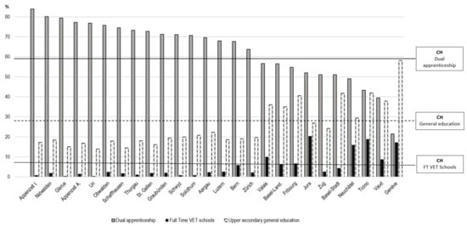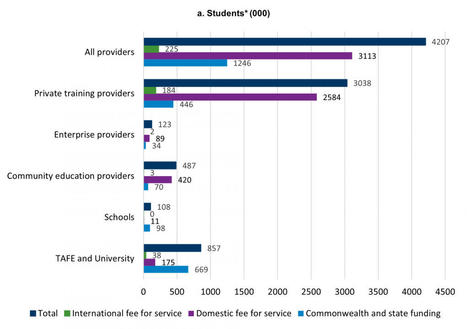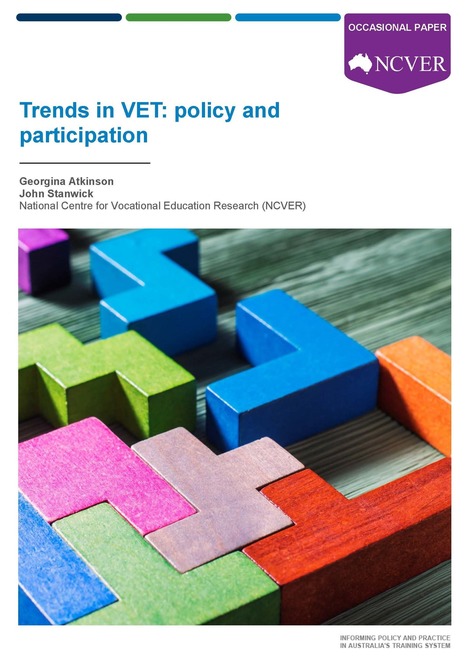The Indonesian labor force remains poorly educated and ill equipped to tackle the growing challenges of meeting contemporary industry requirements. While many countries aspire to equip future generations with the skills, knowledge and attitudes for a future working life, the relationship between the 'world of work' and the current Indonesian education system remains somewhat elusive. In the words of the Minister of Education and Culture, Nadiem Makarim, 'the biggest problem that we have had in education is we have somehow not found the formulae to entice businesses to participate in educational system (Neumann, 2021)' Over the many decades of Vocational Education and Training (VET) interventions in Indonesia, a series of unsatisfactory attempts to reconcile educational approaches with labour market requirements have left Indonesian civil society ill prepared for the future and uncertain of their next response. Furthermore, the uncritical importation of external foreign VET practices into the cultural milieu of contemporary Indonesian society, in an attempt to resolve these dilemmas, may have problematized and exacerbated these issues (Simanjuntak, 2005). This paper examines the Indonesian Government's educational approaches to human capability development from an historical perspective whilst seeking to contribute to an understanding of this complex situation.
Research and publish the best content.
Get Started for FREE
Sign up with Facebook Sign up with X
I don't have a Facebook or a X account
Already have an account: Login
Compilation of information related to vocational training in English



 Your new post is loading...
Your new post is loading...














